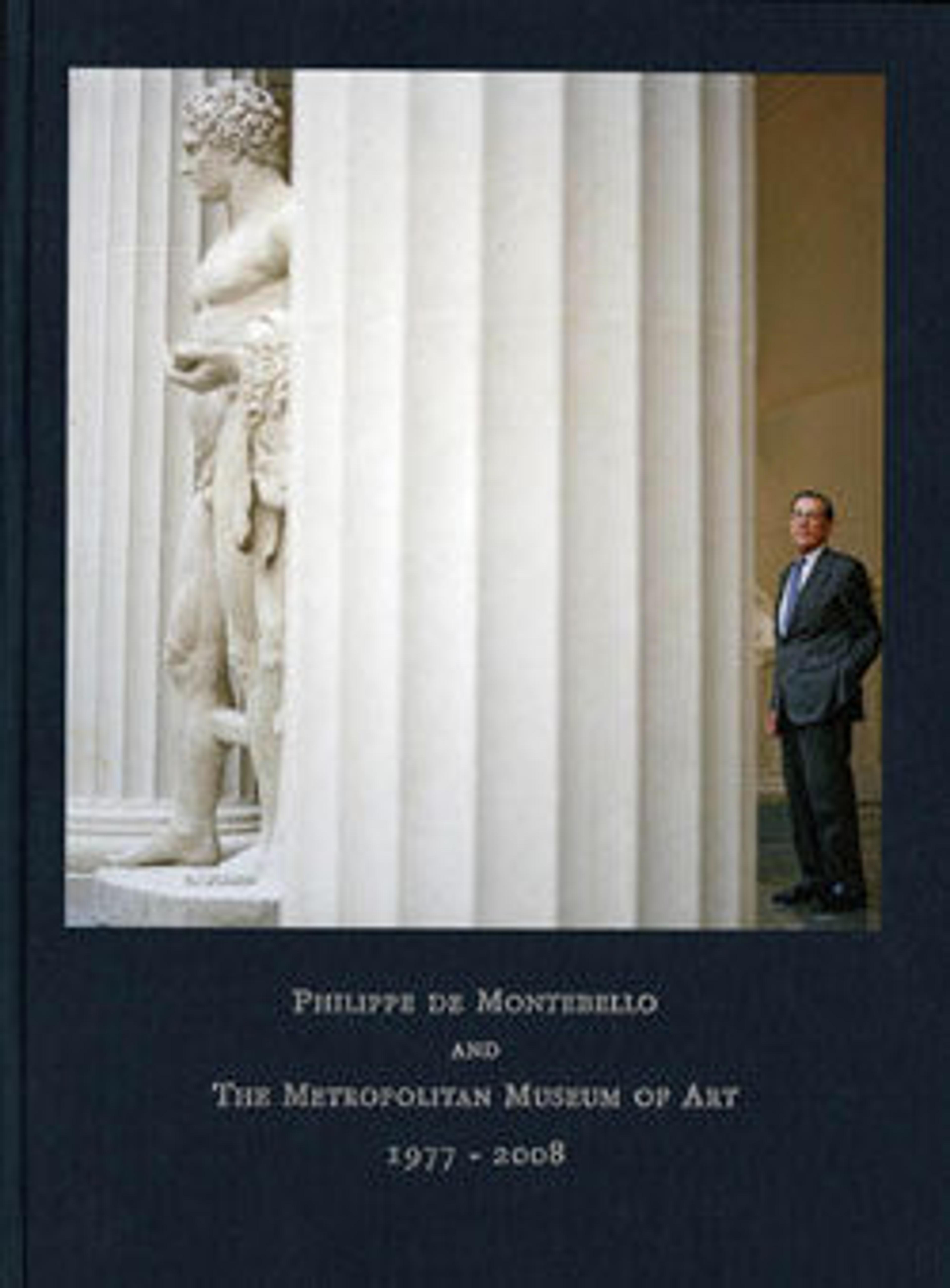Jasper Cup with Gilded-Silver Mounts
With its integrally carved trefoil handle, deep dodecahedral bowl, and massive gilt mounts, this cup is as rare as it is spectacular. There are few surviving examples of Western medieval lapidary work. Indeed, medieval European vessels carved from semiprecious stone are so little known that preserved examples are sometimes mistakenly attributed to imperial courts of Rome and Byzantium. The confusion is one that would have delighted the cup's creators.
Carved from a material that is immediately perceived as precious and exotic, the vessel is a product of the imperial court of Charles IV (crowned at Rome 1355; d. 1378). Its jasper with characteristic amethyst inclusions, could have been mined only in the foothills of the Ore Mountains, northwest of Prague. A sixteenth-century source tells of the emperor's sending men there to search for semiprecious stones to decorate his cathedral and royal chapel. In recent years geologists have found traces of their work in abandoned shafts dating to the Middle Ages tucked into mountains near Cibusov. Today Bohemian jasper still sheathes the chapel walls at Prague Cathedral and at Karlstejn Castle, just outside the city. Often vessels of this period have lost their original mounts or have been embellished by subsequent owners. The Museum's cup, remarkably, retains its medieval mount, which bears comparison to goldsmith's work created in Prague and preserved in the cathedral treasury.
Carved from a material that is immediately perceived as precious and exotic, the vessel is a product of the imperial court of Charles IV (crowned at Rome 1355; d. 1378). Its jasper with characteristic amethyst inclusions, could have been mined only in the foothills of the Ore Mountains, northwest of Prague. A sixteenth-century source tells of the emperor's sending men there to search for semiprecious stones to decorate his cathedral and royal chapel. In recent years geologists have found traces of their work in abandoned shafts dating to the Middle Ages tucked into mountains near Cibusov. Today Bohemian jasper still sheathes the chapel walls at Prague Cathedral and at Karlstejn Castle, just outside the city. Often vessels of this period have lost their original mounts or have been embellished by subsequent owners. The Museum's cup, remarkably, retains its medieval mount, which bears comparison to goldsmith's work created in Prague and preserved in the cathedral treasury.
Artwork Details
- Title: Jasper Cup with Gilded-Silver Mounts
- Date: ca. 1350–80
- Geography: Made in Prague
- Culture: Bohemian
- Medium: Jasper, silver gilt mount and foot
- Dimensions: Overall: 4 1/8 x 4 1/2 x 3 7/16 in. (10.5 x 11.5 x 8.8 cm)
- Classification: Lapidary Work-Jasper
- Credit Line: Purchase, Mrs. Charles Wrightsman Gift, in honor of Annette de la Renta, 2000
- Object Number: 2000.504
- Curatorial Department: Medieval Art and The Cloisters
More Artwork
Research Resources
The Met provides unparalleled resources for research and welcomes an international community of students and scholars. The Met's Open Access API is where creators and researchers can connect to the The Met collection. Open Access data and public domain images are available for unrestricted commercial and noncommercial use without permission or fee.
To request images under copyright and other restrictions, please use this Image Request form.
Feedback
We continue to research and examine historical and cultural context for objects in The Met collection. If you have comments or questions about this object record, please contact us using the form below. The Museum looks forward to receiving your comments.
